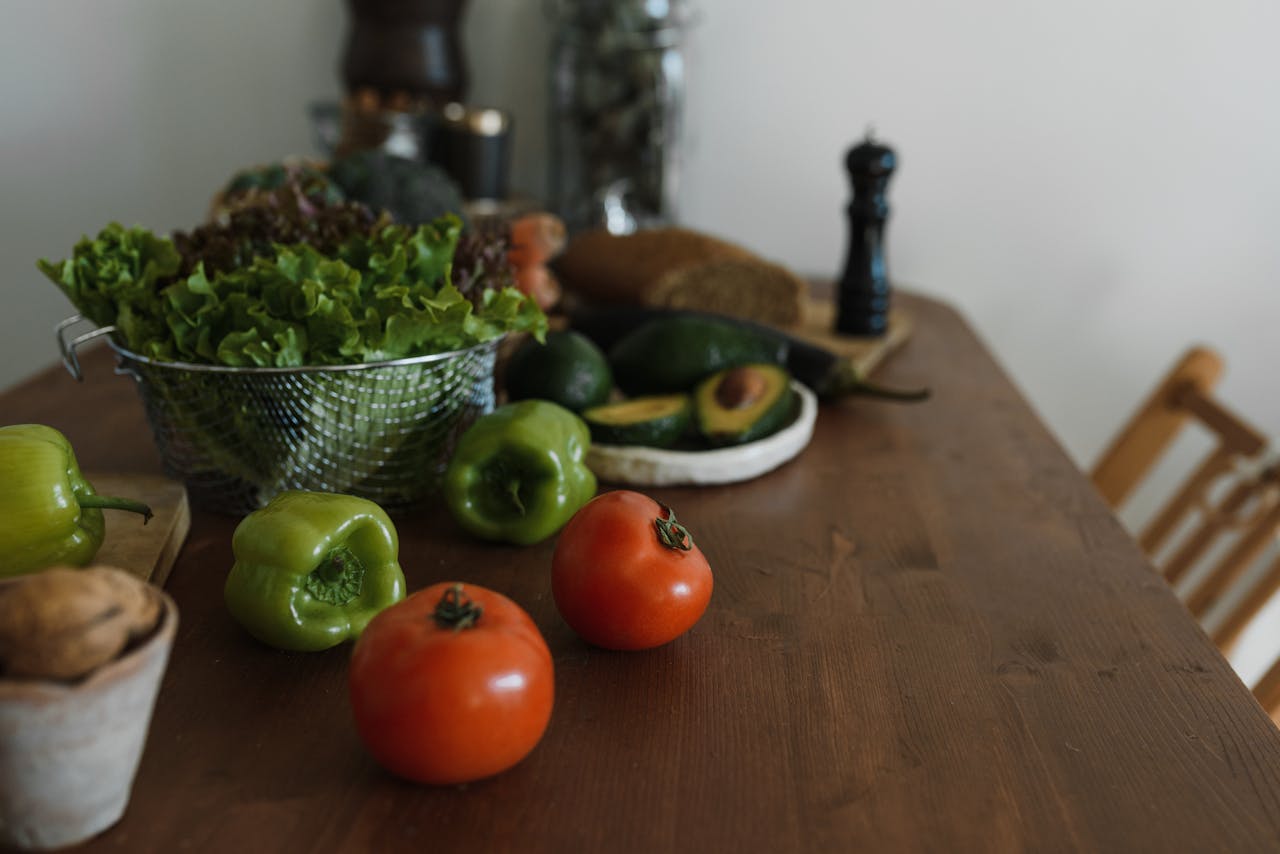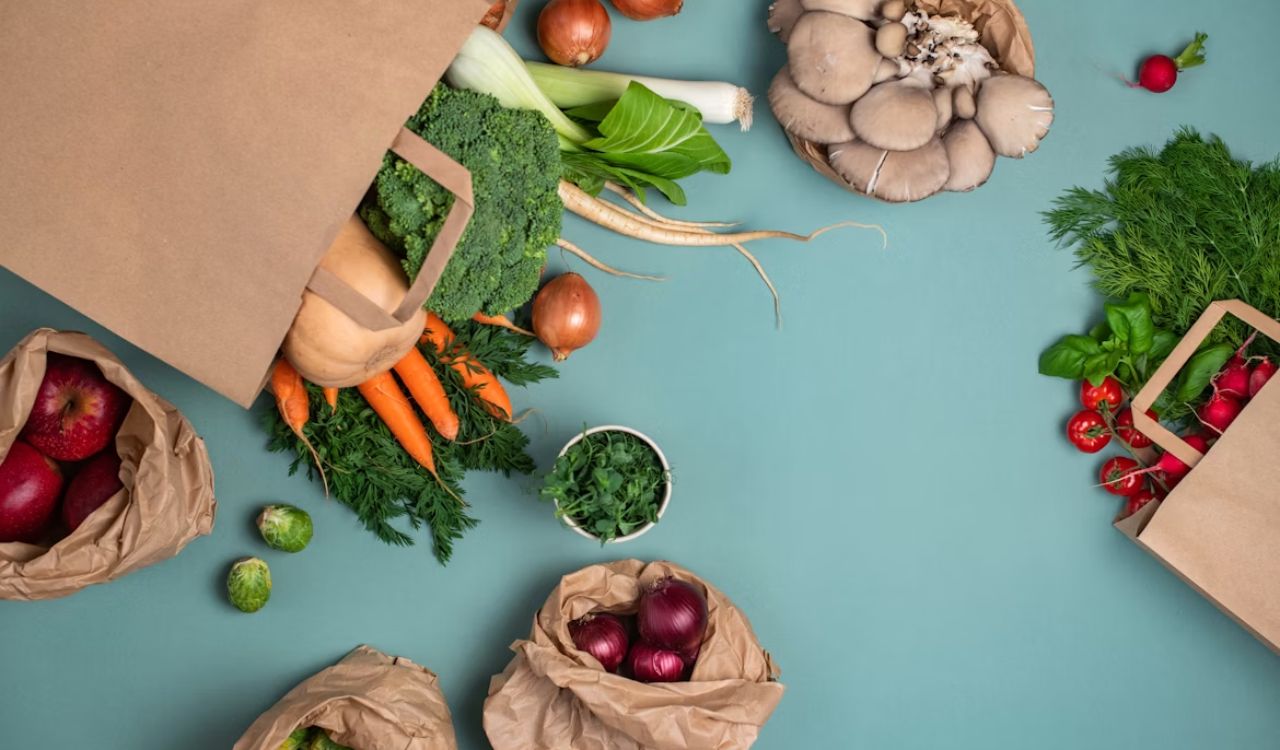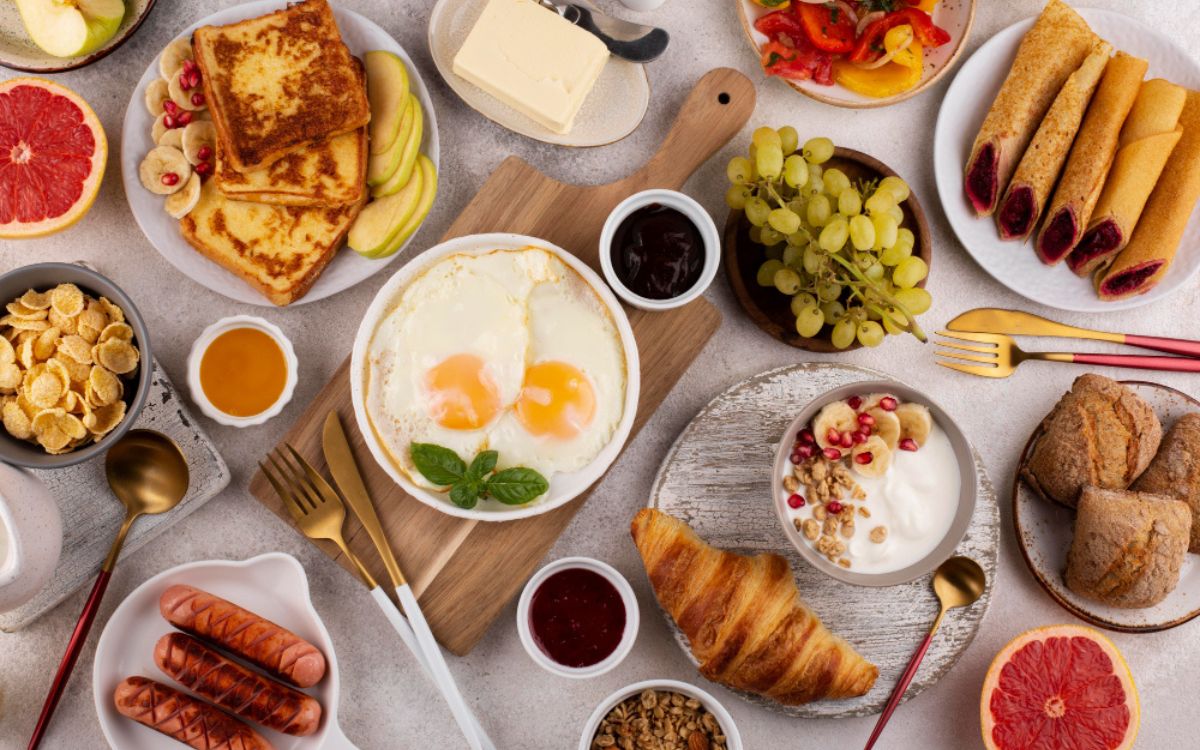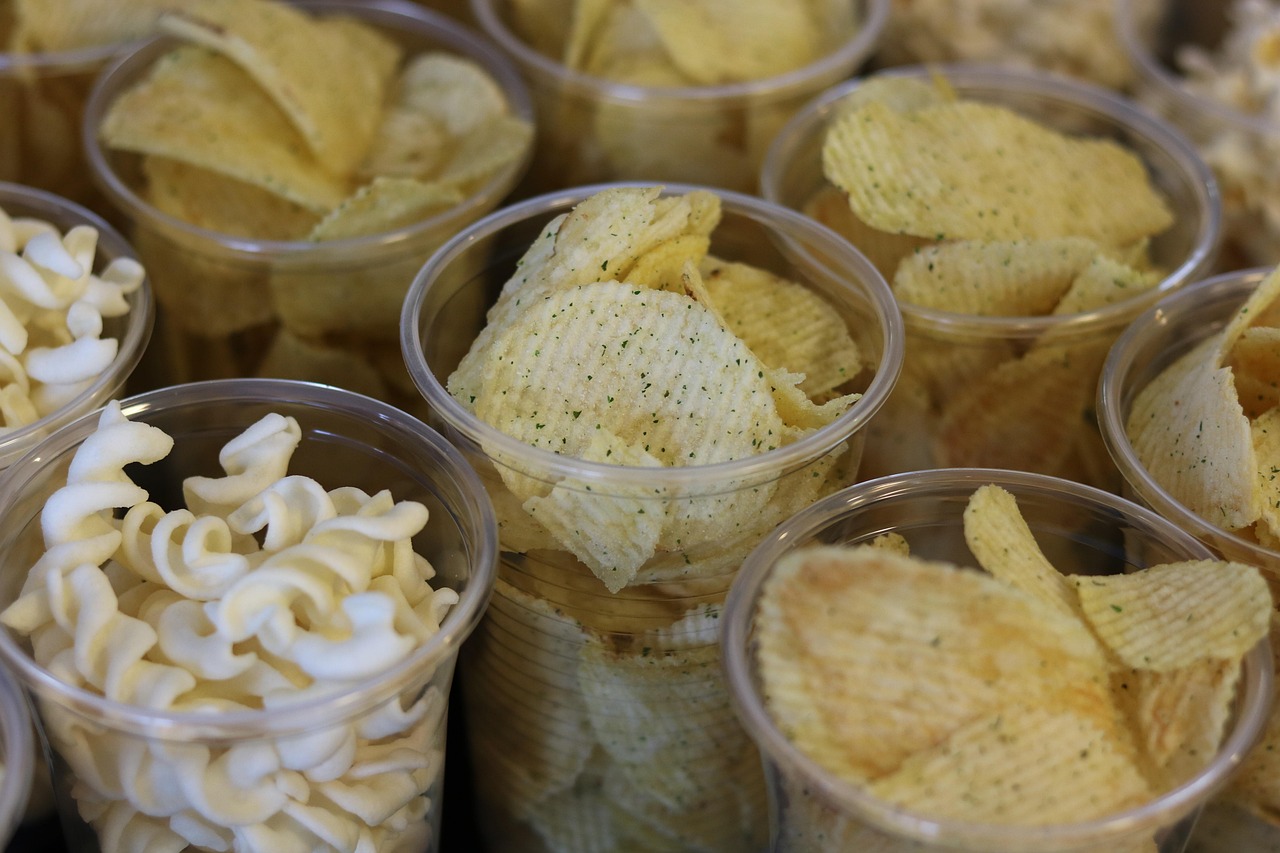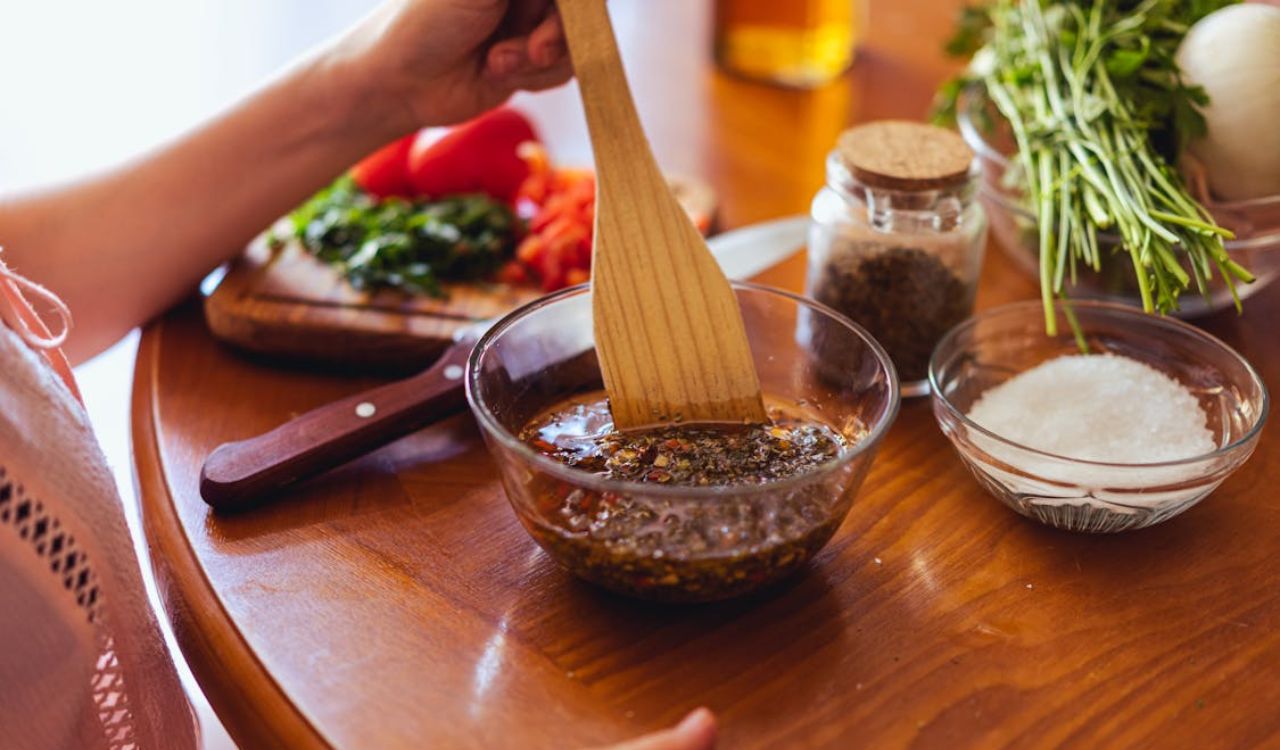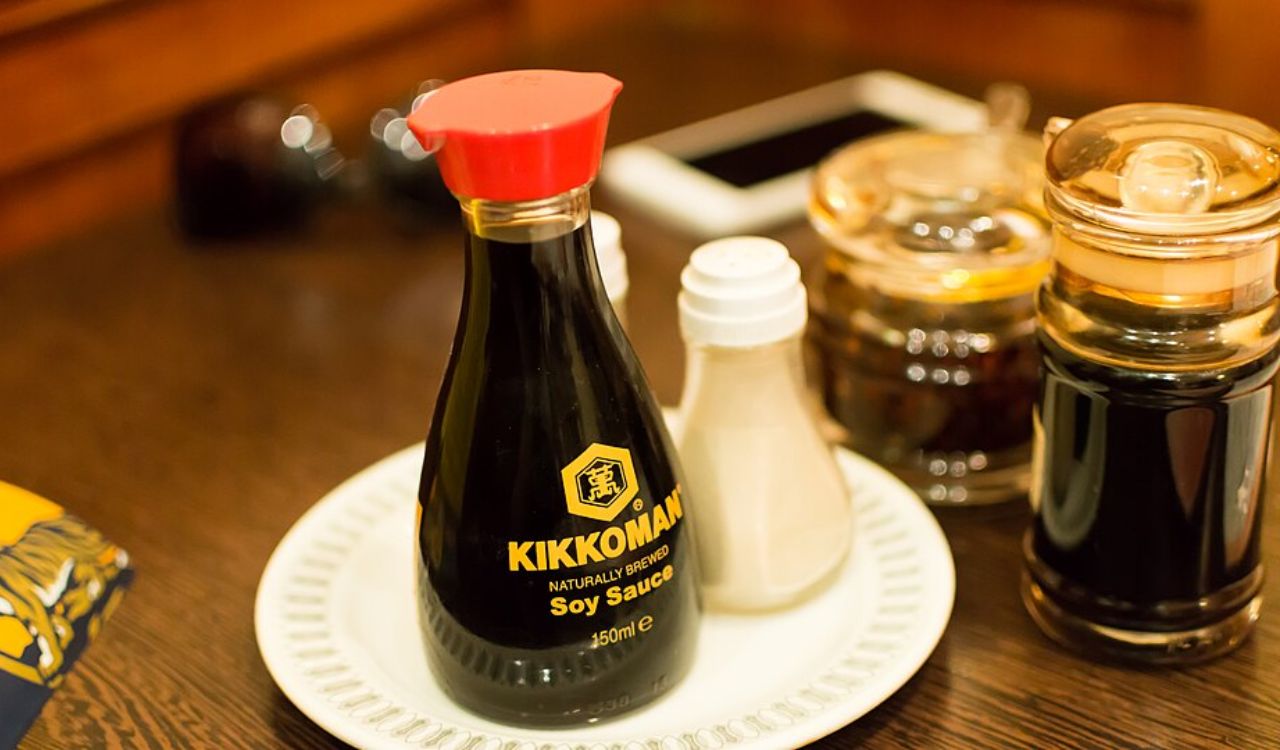10 Retro Dinner Party Dishes Everyone Served In The 1970s
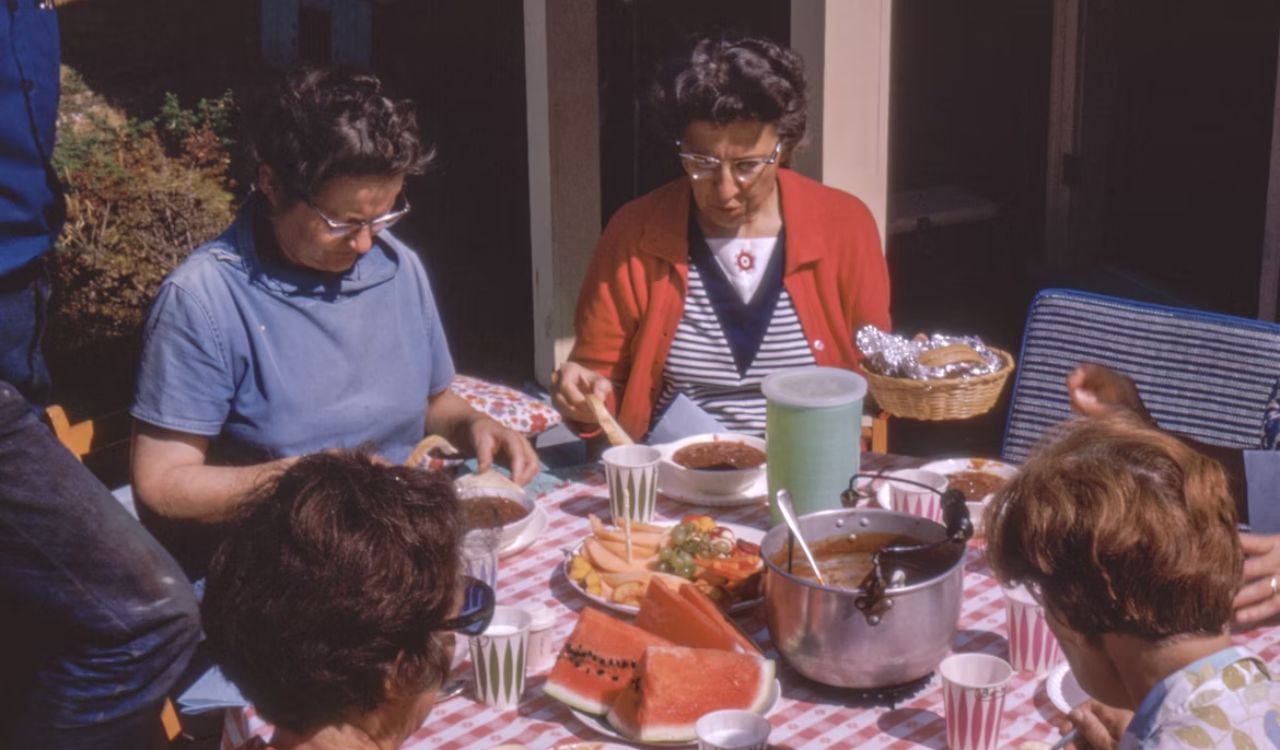
The 1970s were a heyday of quirky and creative dinner party dishes. Home cooks embraced bold flavors, experimental textures, and dramatic presentations that often valued flair over subtlety. Many recipes leaned on canned goods, processed cheese, or gelatin molds, reflecting the era’s convenience-driven cooking. Whether you grew up eating them or are simply nostalgic for retro trends, these 10 dishes capture the colorful, kitschy spirit of 1970s entertaining.
Beef Stroganoff
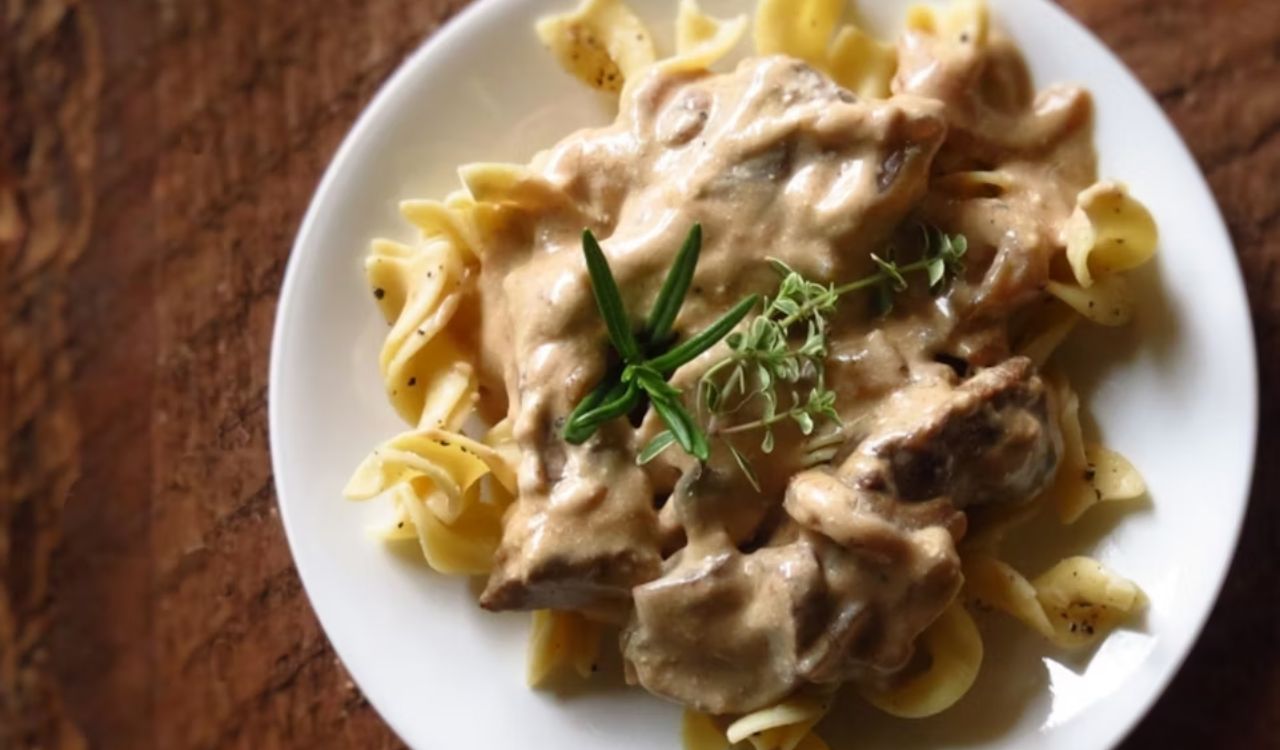
Beef Stroganoff, with roots in 19th‑century Russia, became a star of 1970s American dinner tables. Tender strips of beef with mushrooms and onions were simmered in a creamy sour cream sauce; however, many home cooks relied on shortcuts like canned cream of mushroom soup for ease. Served over egg noodles or rice, Stroganoff struck the perfect balance of international flair and homestyle comfort, making it a quintessential retro crowd‑pleaser.
Cheese Fondue
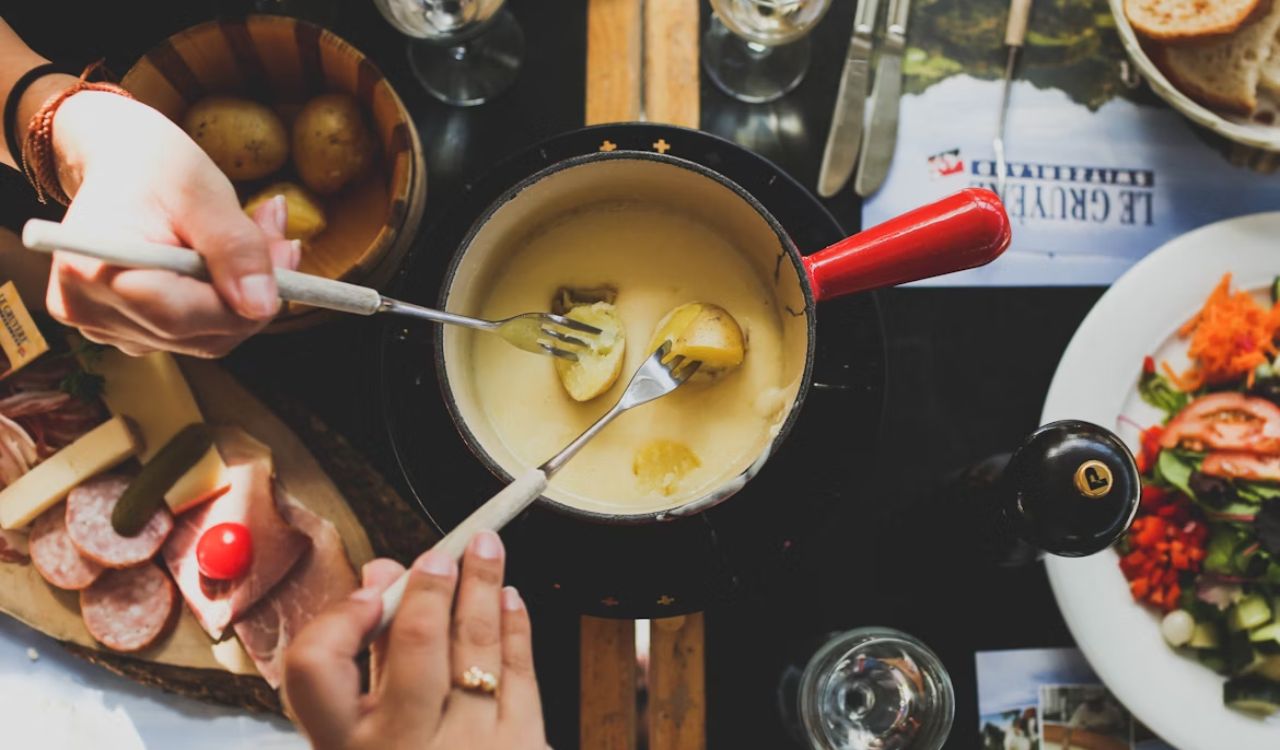
Cheese fondue was more than just a dish in the 70s; it was a full dining experience. Guests gathered around a bubbling pot of melted Swiss or Gruyère cheese combined with white wine and garlic, dipping cubes of bread, fruit, or vegetables with long forks. The communal style matched the social atmosphere of the decade, making it both interactive and fun. While traditional recipes were common, many households swapped in cheddar or processed cheese blends for simplicity. Fondue sets became must-have wedding gifts, ensuring this creamy, shared dish was a centerpiece of 70s entertaining.
Aspic Salad

Aspic salads were among the most dazzling and divisive dishes of the era. Using savory gelatin to suspend vegetables, meats, or even seafood, they turned dinner into a sculpted centerpiece. Though aspics had existed since the 19th century, instant gelatin mixes and colorful molds made them wildly popular in the 70s. To dinner guests, they were either a culinary showpiece or a textural oddity, but they remain one of the decade’s most instantly recognizable food trends.
Tuna Casserole
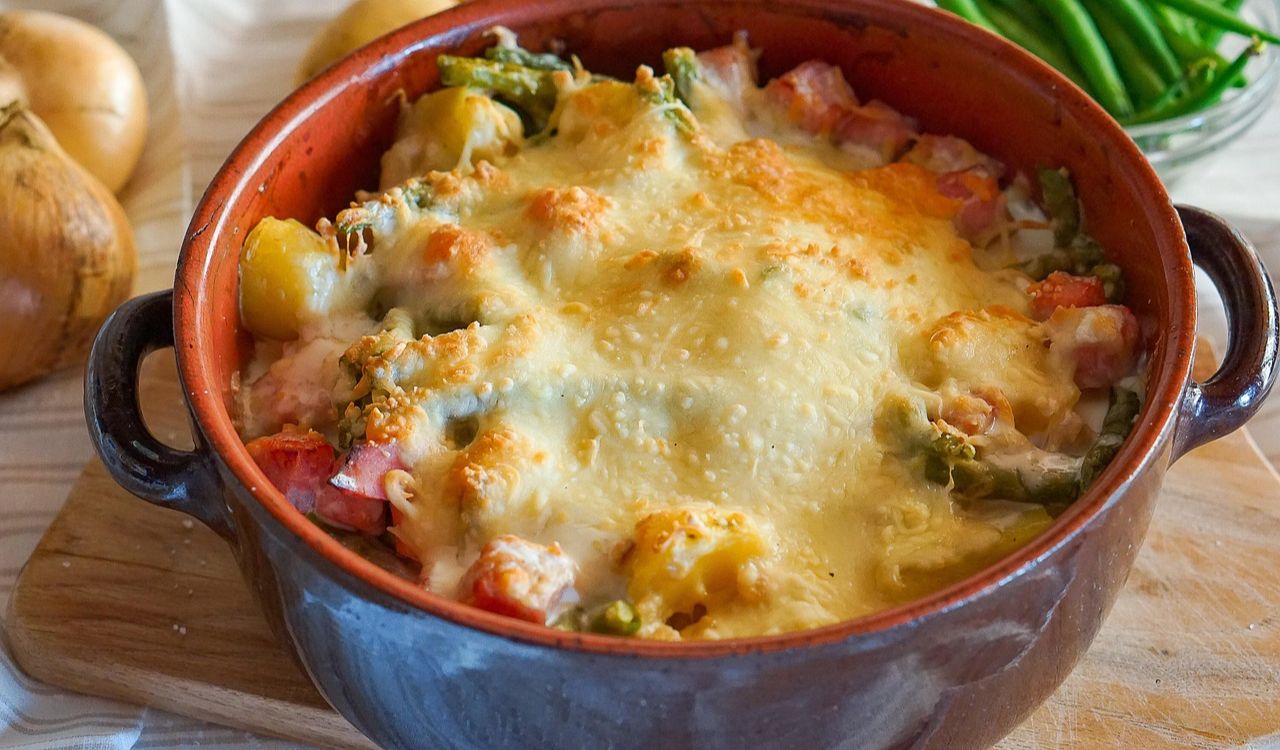
No 1970s dinner party was complete without a tuna casserole. Built from pantry staples like canned tuna, egg noodles, cream of mushroom soup, and a topping of breadcrumbs or potato chips, it struck the perfect balance between economy and crowd-pleasing comfort. Many home cooks personalized the dish with extras such as peas or shredded cheese, giving it added heartiness. Tuna casserole could feed a large group with little effort, which made it a reliable option for family dinners and potluck-style parties. Its warm, filling character turned it into a defining dish of 70s kitchens.
Chicken à la King
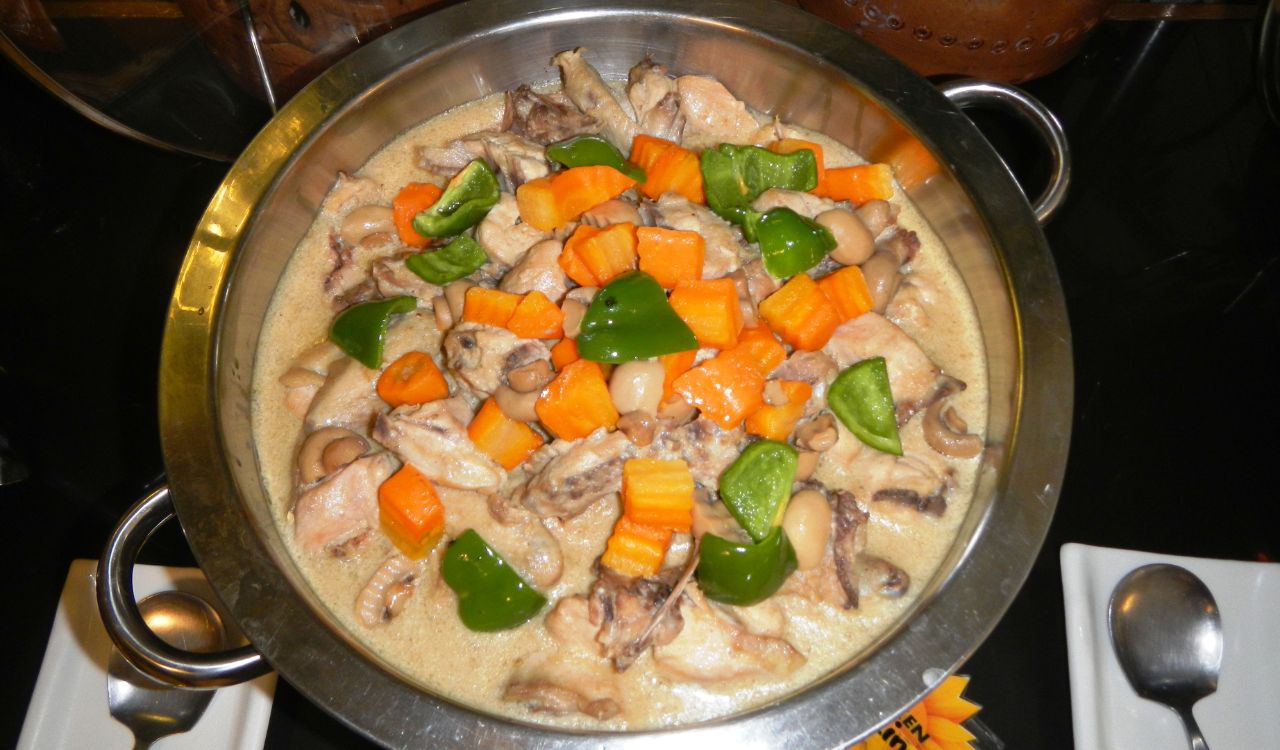
Chicken à la King actually dates back to the early 1900s, but it enjoyed renewed popularity in the 1970s thanks to packaged shortcuts like canned mushrooms and condensed soup. Cubes of chicken in a creamy sauce with pimentos, mushrooms, and peas were spooned over noodles, rice, or toast. Elegant yet easy, it struck the right note for hosts who wanted something that looked refined but could be pulled together quickly, cementing its place as a retro favorite.
Jell-O Mold Desserts

No retro dinner was complete without a Jell‑O mold: bright, wobbly, and endlessly customizable. Decorative molds shaped gelatin into flowers, rings, or domes, often layered with fruit, marshmallows, or whipped topping. Some recipes even added cottage cheese, shredded carrots, or canned vegetables in the name of “salads.” Easy, colorful, and inexpensive, Jell‑O molds embodied the fun, experimental spirit of the 70s, whether served at potlucks, birthdays, or holiday spreads.
Quiche Lorraine
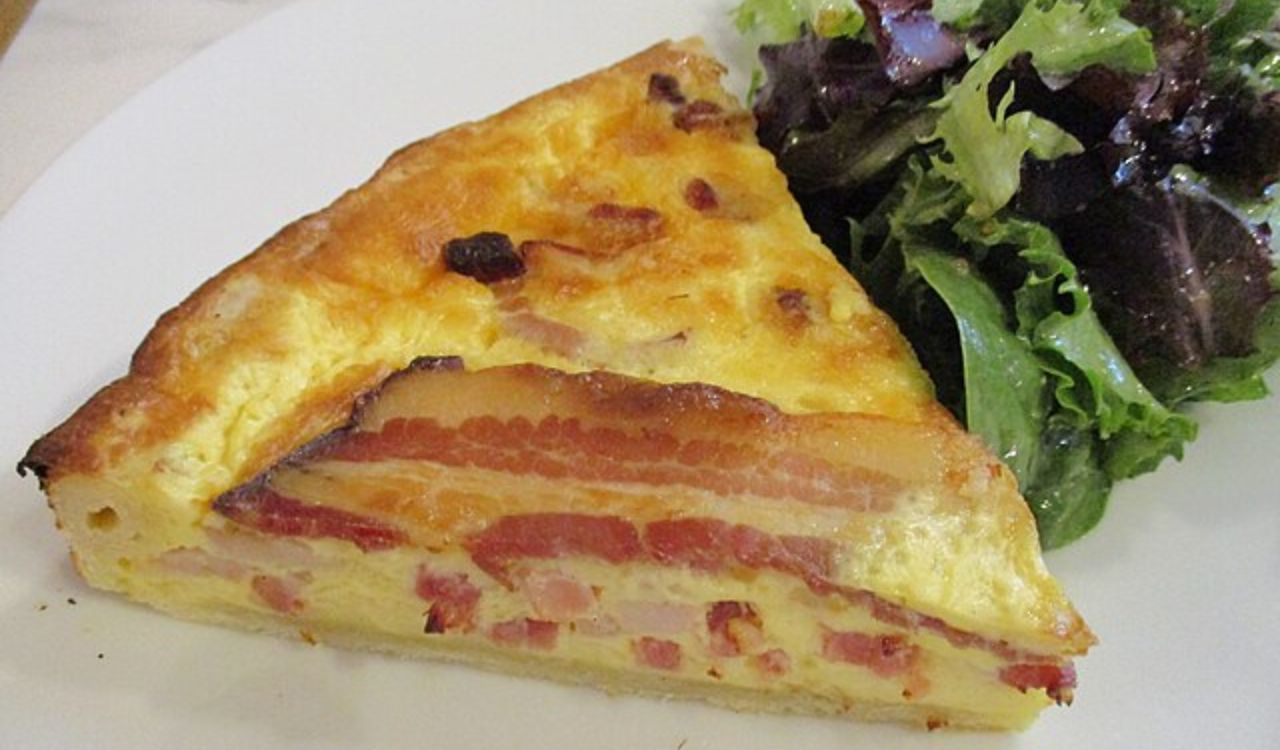
Quiche Lorraine brought a touch of European sophistication to 1970s kitchens. This savory pie, filled with eggs, cream, cheese, and bacon, was originally French but became a favorite for brunches and dinner parties across North America. The dish was versatile and could be adapted with vegetables or ham, making it appealing to creative home cooks. Frozen pie crusts, which became widely available in the 70s, made quiche easier to prepare, helping it spread even further. With its rich custard filling and flaky crust, Quiche Lorraine offered an elegant yet accessible way to impress guests without requiring complicated techniques.
Pineapple Upside-Down Cake
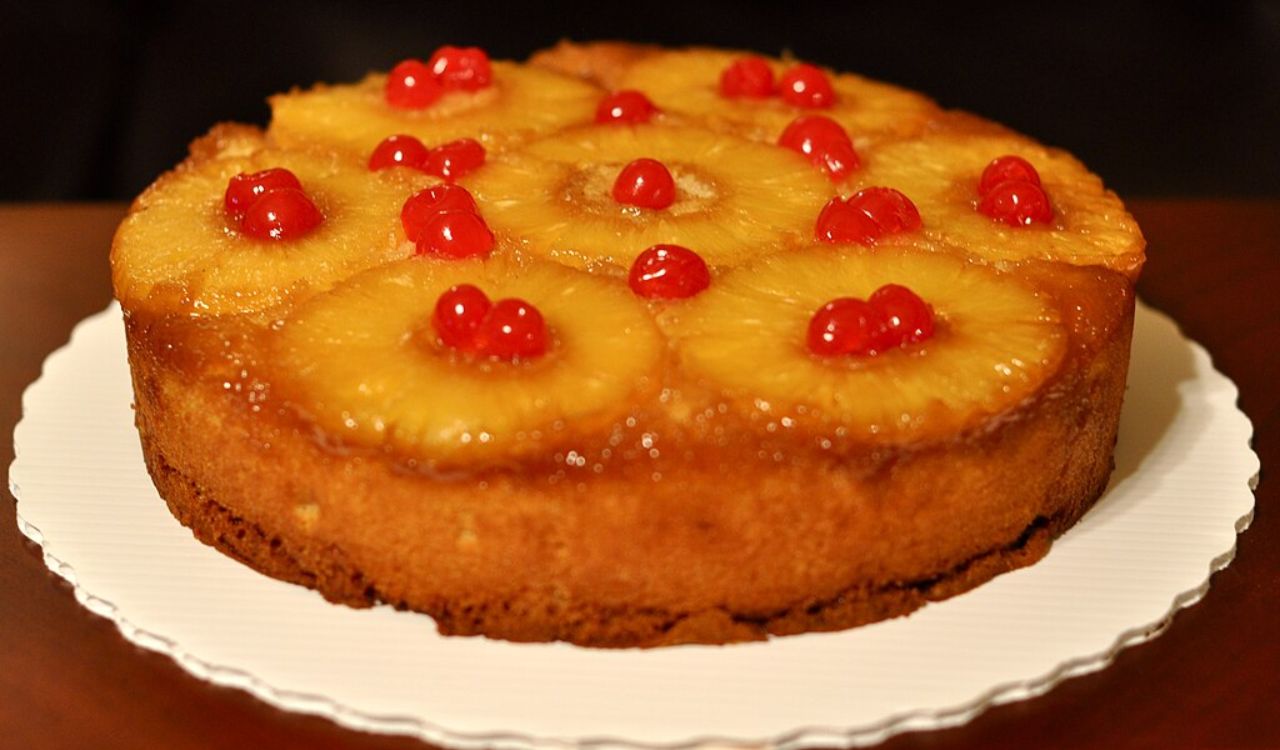
Few desserts feel as retro as a pineapple upside-down cake. In the 1970s, this dessert became a symbol of cheerful, easy entertaining. Canned pineapple rings and maraschino cherries were arranged in a decorative pattern, then topped with a buttery brown sugar glaze and cake batter. Once baked and inverted, the result was a golden, glossy centerpiece that looked as good as it tasted. Its tropical sweetness, combined with convenience ingredients, captured the playful spirit of the decade. The cake was served at birthdays, holidays, and neighborhood gatherings, where its colorful charm always drew compliments from guests.
Stuffed Peppers
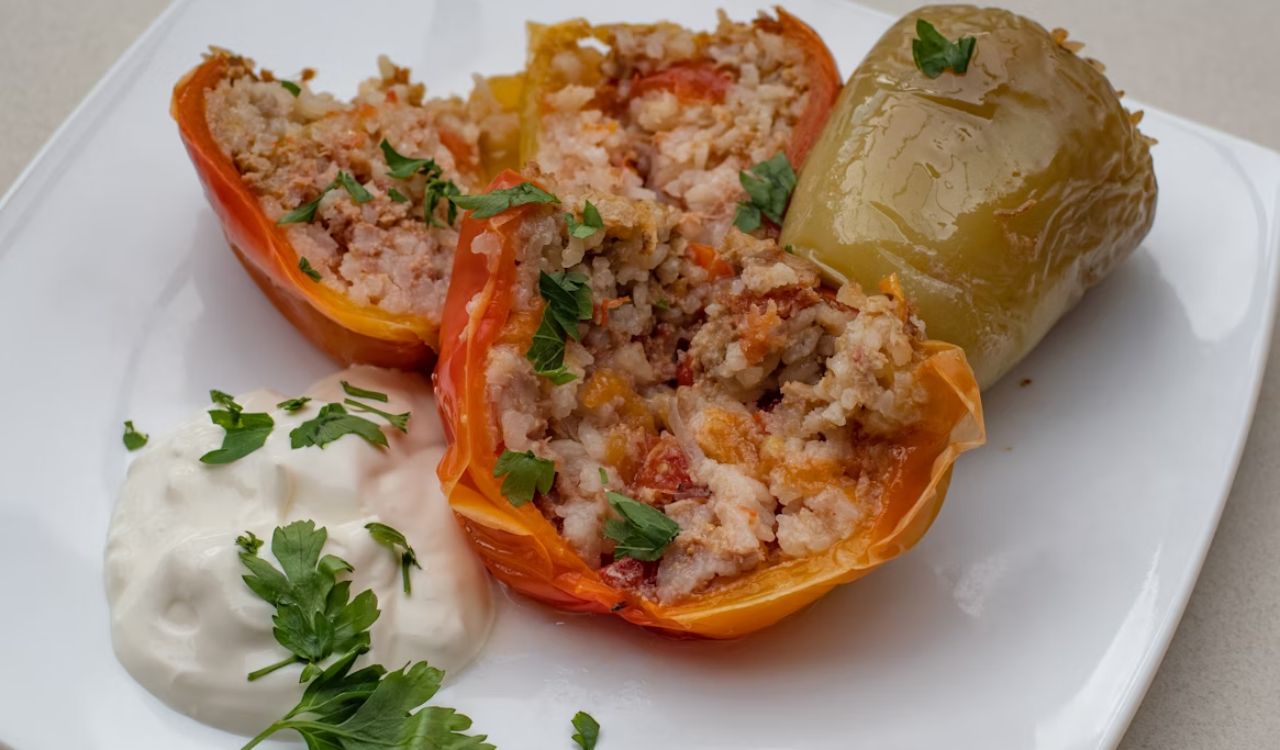
Stuffed peppers were a hearty dish that fit perfectly into the casserole-loving 1970s. Bright bell peppers were hollowed out and filled with a savory mixture of ground beef, rice, onions, and tomato sauce, then baked until tender. Many cooks sprinkled cheese on top for added richness. The dish was economical, filling, and visually appealing, with colorful peppers serving as natural “bowls.” Variations appeared in countless cookbooks, with some families swapping beef for turkey or using instant rice for convenience. Stuffed peppers combined nutrition, flavor, and presentation, making them a reliable favorite at family dinners and community potlucks.
Ambrosia Salad
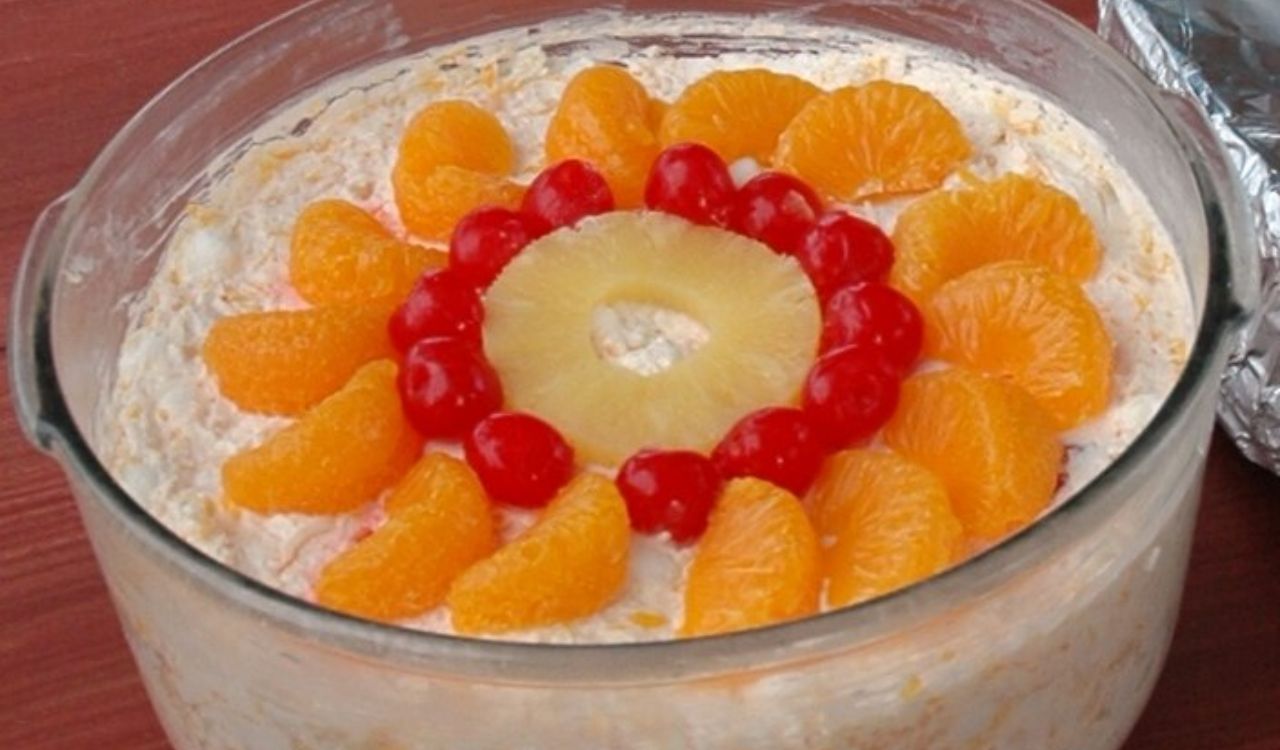
Ambrosia salad was a sugary finale that blurred the line between side dish and dessert. Typically made with canned fruit cocktail, pineapple, marshmallows, shredded coconut, and whipped topping, it delivered sweetness in every bite. Some versions added pecans or maraschino cherries for extra flair. Cheap, cheerful, and served in pastel colors, Ambrosia became a mainstay at church suppers, reunions, and holiday spreads. While not gourmet, it epitomized the ’70s love of fun, fuss‑free recipes that fed a crowd.


